Introduction
Despite its name, Italian Dressing doesn’t originate from Italy but is an American creation that utilizes Italian ingredients such as basil, oregano, garlic, and virgin olive oil. Other ingredients are water, vegetable oil, peppers, corn or sugar, and garlic and onion.
Although it doesn’t have many nutrients for better health, it has lower calories and provides unsaturated fats and vitamin K. It’s therefore, suitable for consumption by humans, but what about your canine friends. Can dogs eat Italian Dressing?
Dr Jack Stephens of Pets Best Insurance termed Italian Dressing as belonging to Thanksgiving Foods beneficial to humans but not dogs. According to his investigations, all Thanksgiving foods, including dressing or stuffed foods, often consist of scallions, garlic, and onions. They’re potentially toxic and unsuitable for your dog’s consumption.
Italian Dressing Nutrition Facts
The following Italian Dressing nutrition facts were given by nutritionix.com.
| Serving size | 1 tablespoon (15 grams) |
| Calories | 35 |
| Calories from fat | 28 |
| Total fat | 3.1 grams |
| – Saturated fat | 0.4 grams |
| – Trans fat | 0 |
| – Polyunsaturated fat | 1.6 grams |
| – Monounsaturated fat | 0.8 grams |
| Cholesterol | 0 |
| Sodium | 146 milligrams |
| Potassium | 12 milligrams |
| Total Carbohydrates | 1.8 grams |
| Dietary fiber | 0 |
| Sugars | 1.6 grams |
| Protein | 0.1 grams |
| Vitamin A | 0.1% of daily value |
| Vitamin C | 0.1% of daily value |
| Calcium | 0.1% of daily value |
| Iron | 0.2% of daily value |
Note: The per cent daily values gets based on a 2000–calorie diet
Why is Italian Dressing Unsuitable for Dogs?
Allium Family Ingredients
The most common Allium family ingredients that spice your food are onions, leeks, chives, and garlic. We have seen above that Italian Dressing gets made with ingredients like onions and garlic. That makes it nutritious and full of flavor for people, but not for dogs.
According to Susan Konecny, RN, the medical director and DVM of Best Friends Animal Society, garlic and onions can cause health issues and even kill your pet. Allium family ingredients contain N-propyl disulfide that makes them toxic.
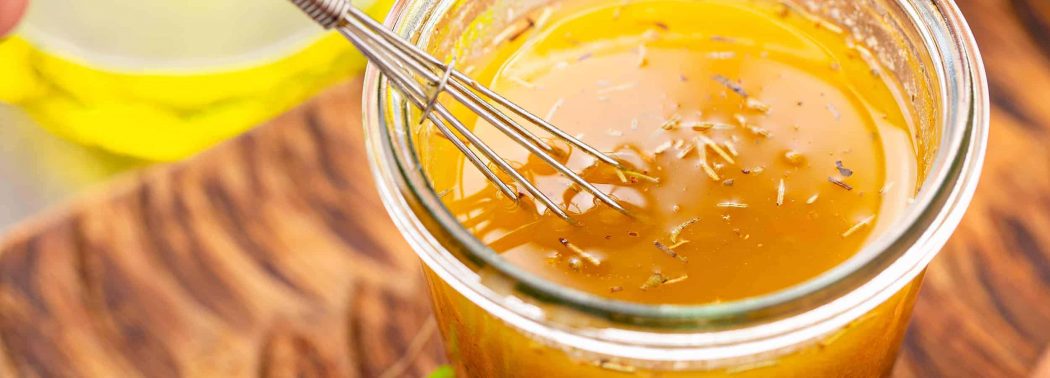
The compound is known to damage your dog’s oxygen-transporting substance in its blood cells by the name hemoglobin. The damage can cause the rapturing of your dog’s red cells. They then get cleared out of circulation at a faster than the normal rate.
The problem known as hemolysis can further cause brown and red urine and anemia. In severe cases, anemia can end up in internal organ damage or failure and even death.
Fats in Italian Dressing
The nutrition list above shows that most of the calories of Italian dressing come from fat. Fat is at 28 out of 35. Obesity on dogs research carried out by vcahospitals.com indicated that its cause is excess body fat.
Obesity is dangerous to your dog with the likelihood of aiding in disease development. Heavy dogs generally have a shorter lifespan as compared to lean dogs of 6-12 months.
Scientific evidence points to fat tissue being active and then releasing inflammatory hormones leading to oxidation of the dog’s tissue. That can cause health issues like diabetes mellitus, cancer, heart disease, hypertension, osteoarthritis, urinary bladder stones, and anesthetic complications.
Italian Dressing Lacks Essential Ingredients
Even if you gave your dog Italian Dressing it may not profit much health-wise. It doesn’t have adequate essential ingredients that make your dog healthy.
- Proteins don’t appear anywhere on the nutrition list. They’re essential ingredients that help in making bones stronger, muscles, and larger body mass.
- Minerals and vitamins are in low quantities. They’re essential for your dog to build bones, strengthen, and improve intestinal health.
Sources
- Are Onions and Garlic Bad For Your Dog?, Caitlin Ultimo, 2016
- Italian Dressing, Nutritionix
- Is Italian Dressing Healthy?, Sandi Busch, 2021
- Obesity in Dogs, Krista Williams, 2020
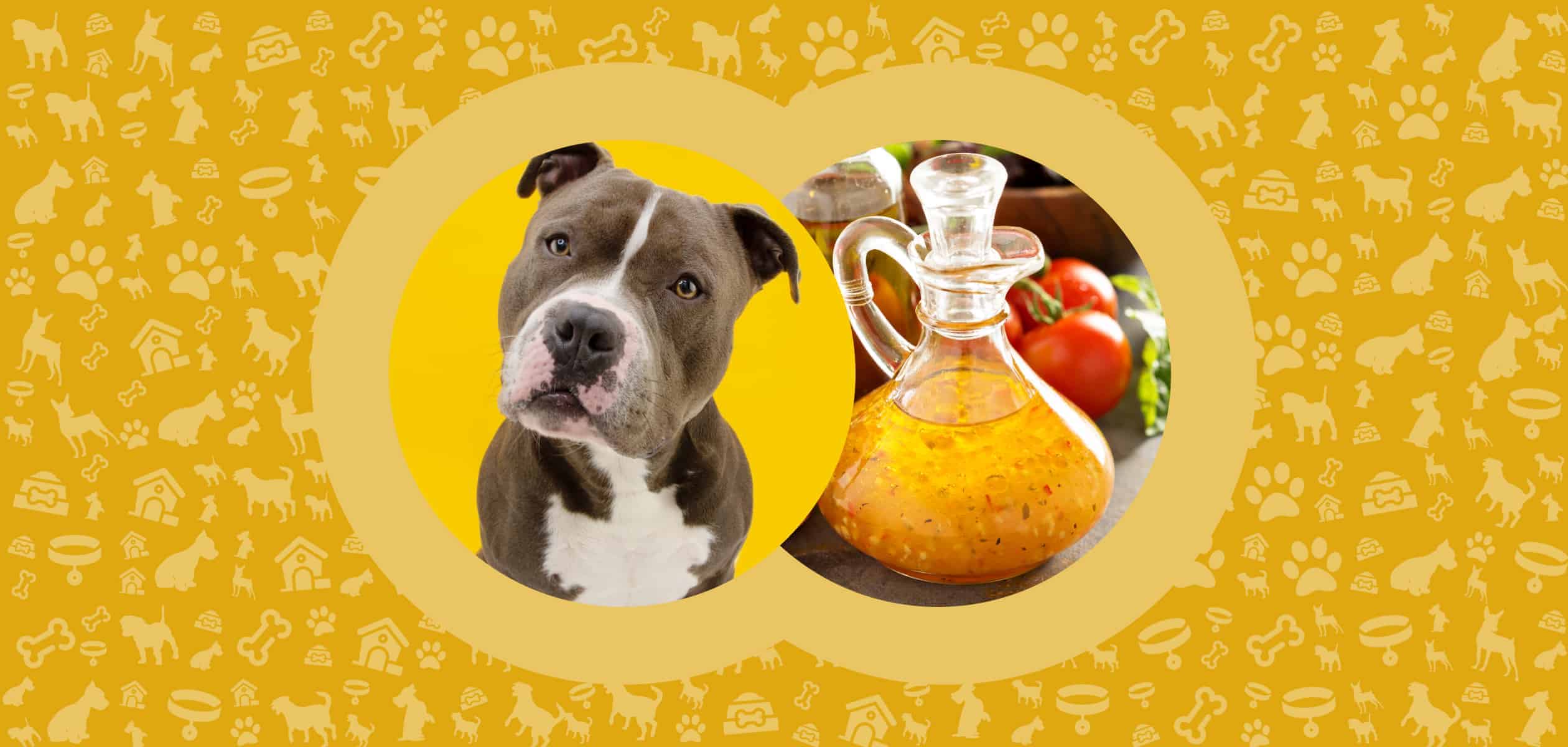
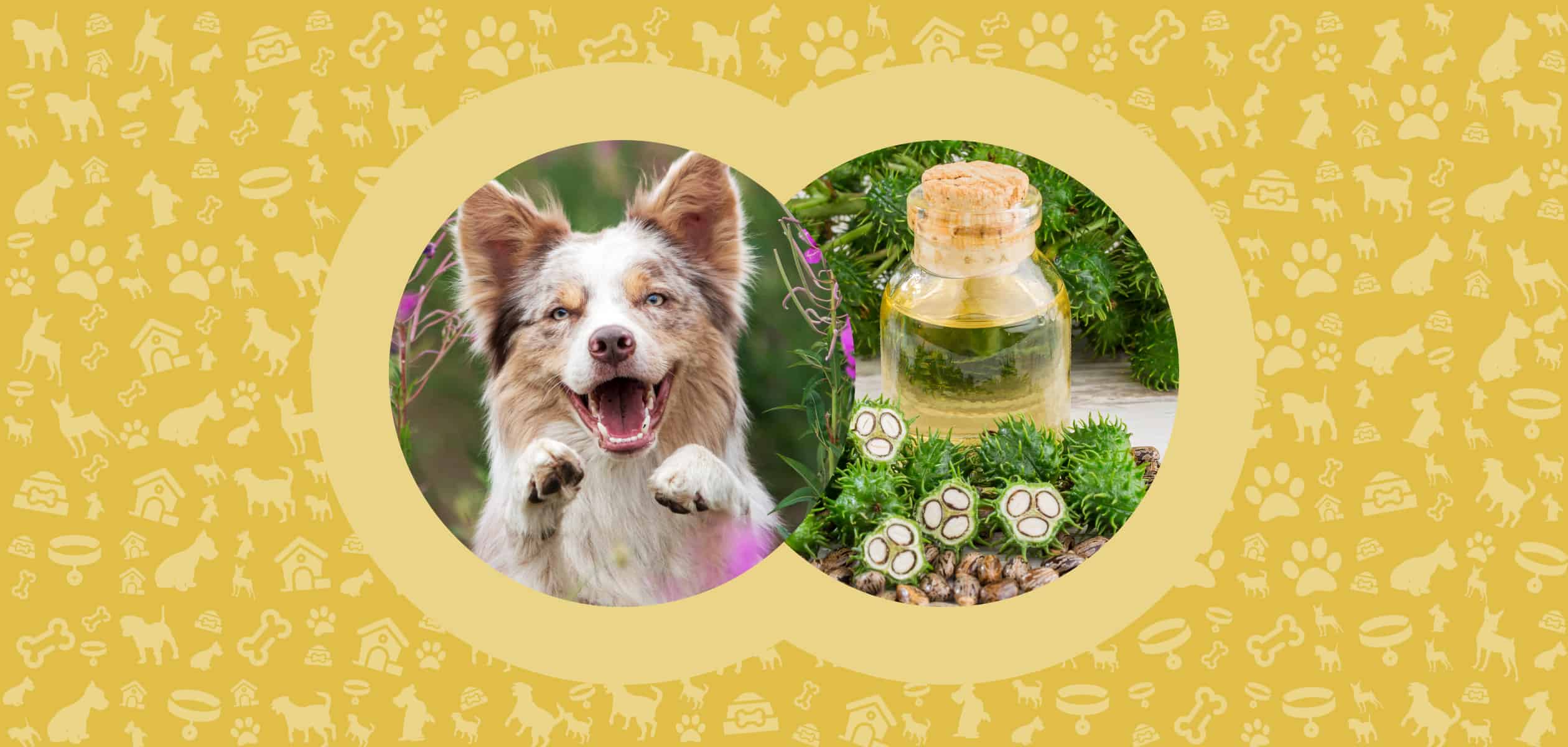
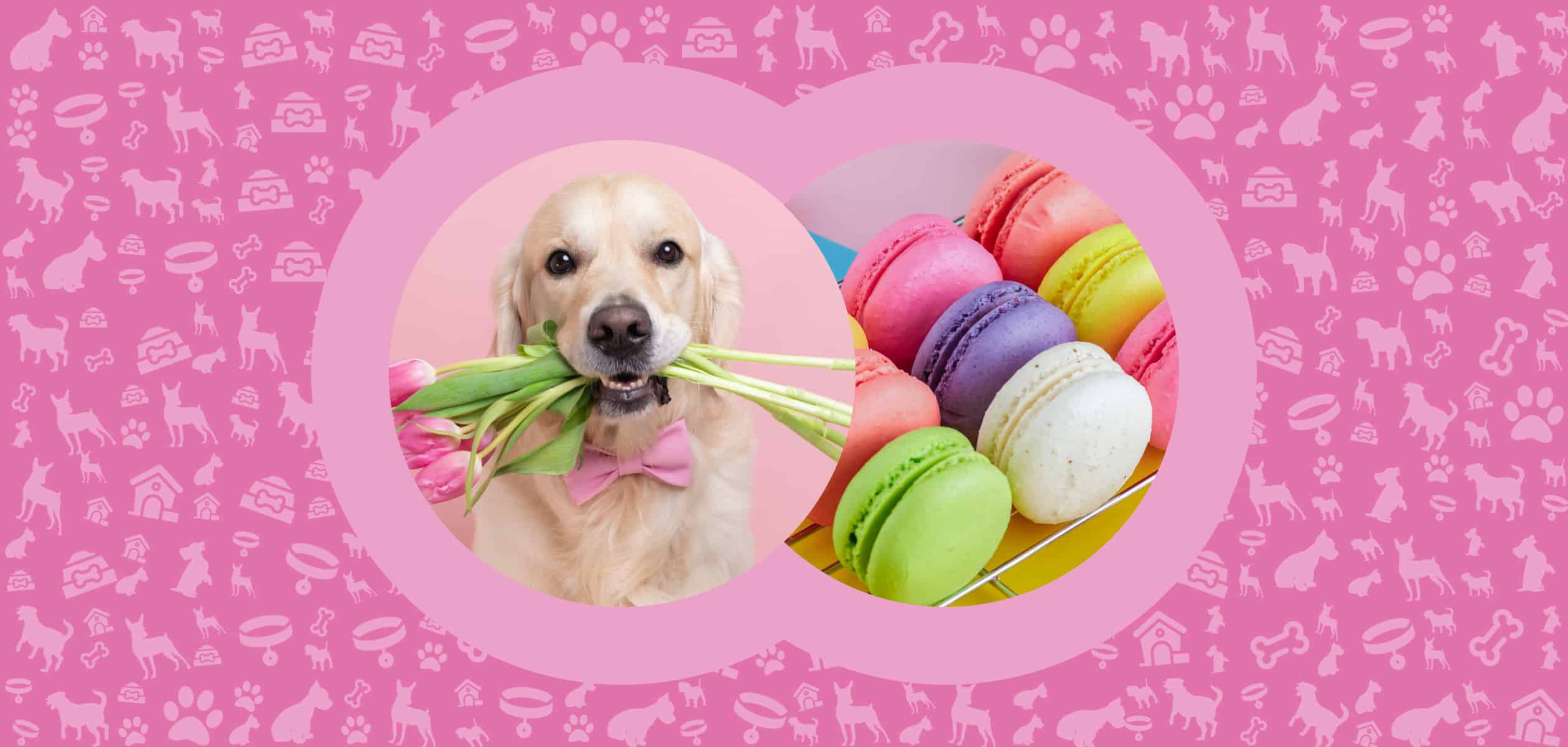
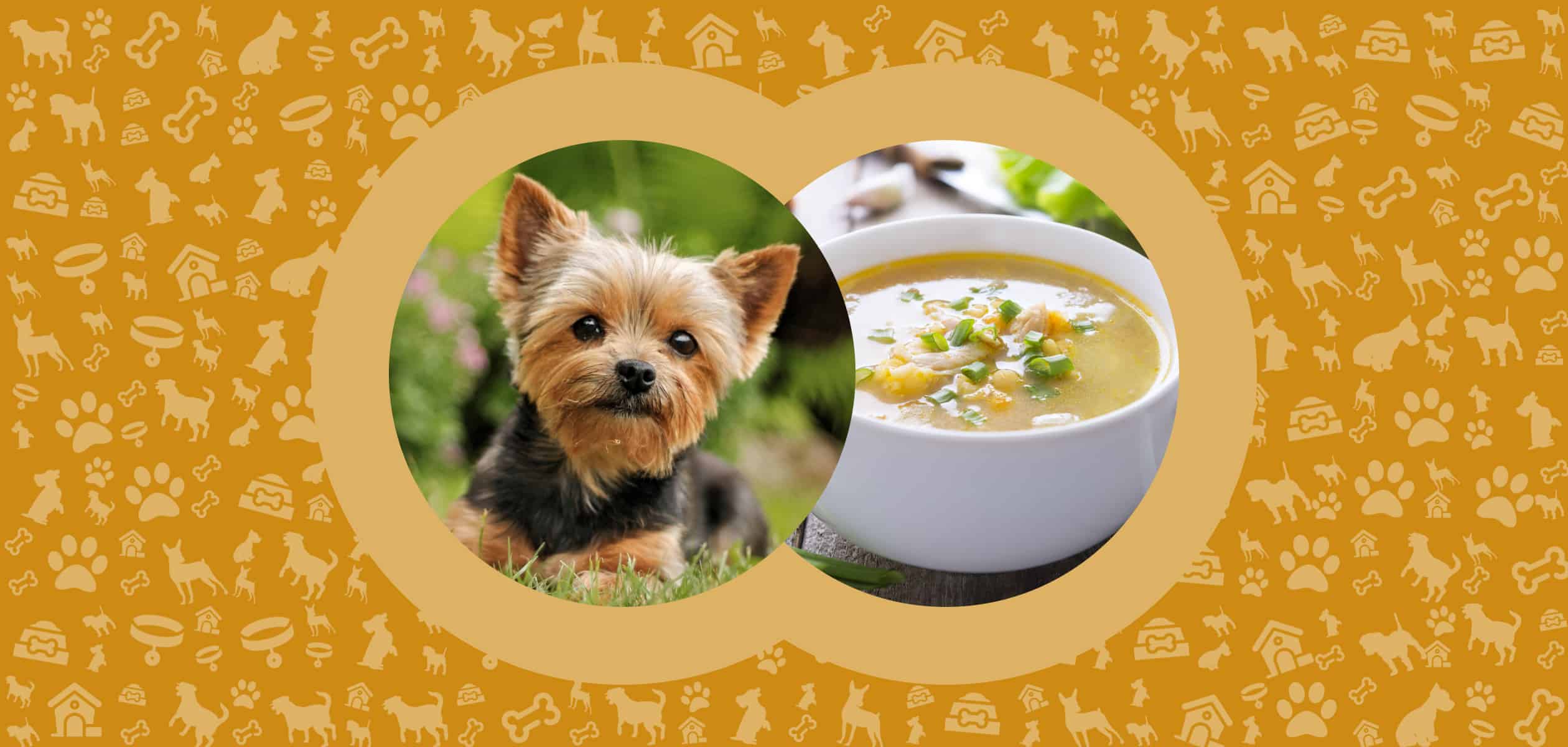
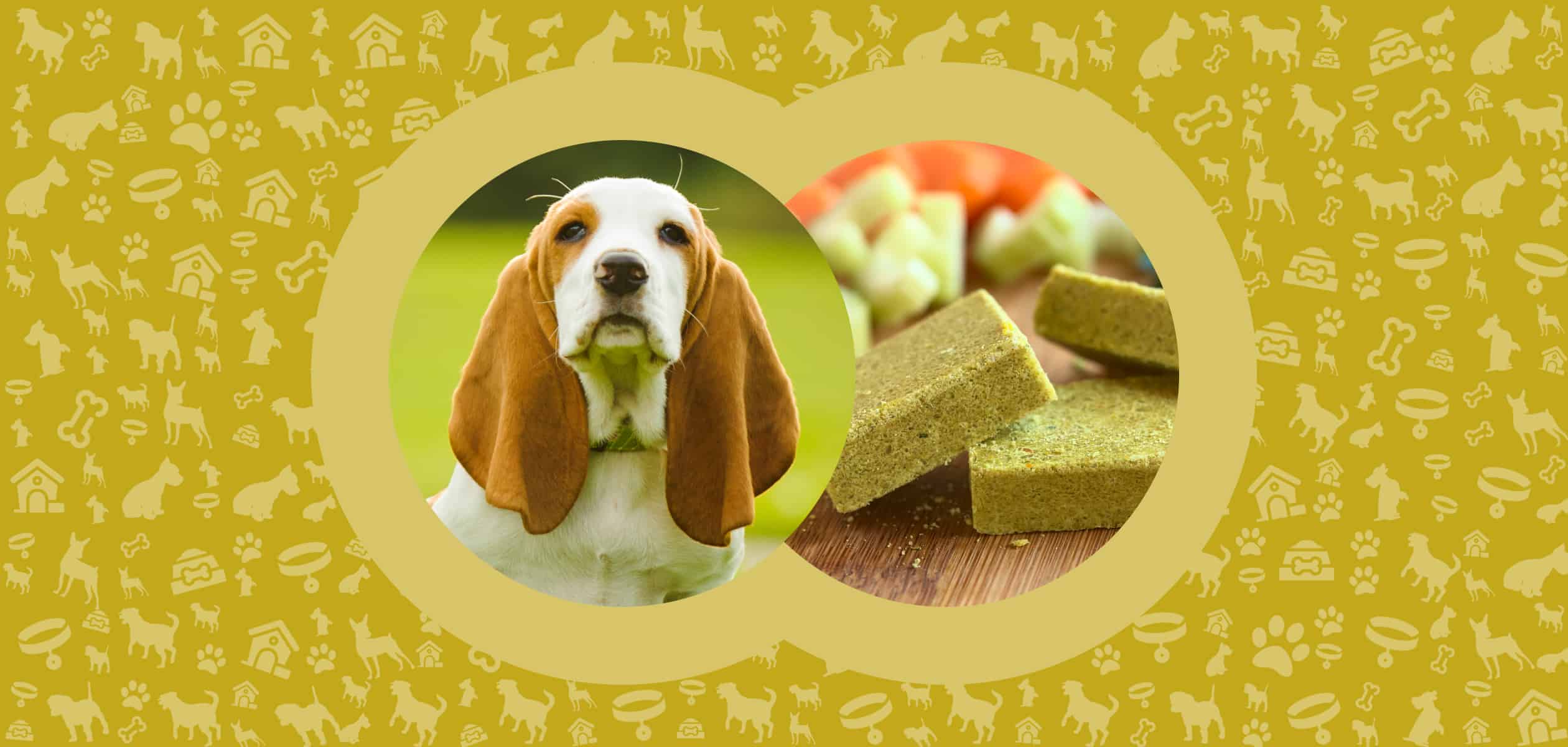
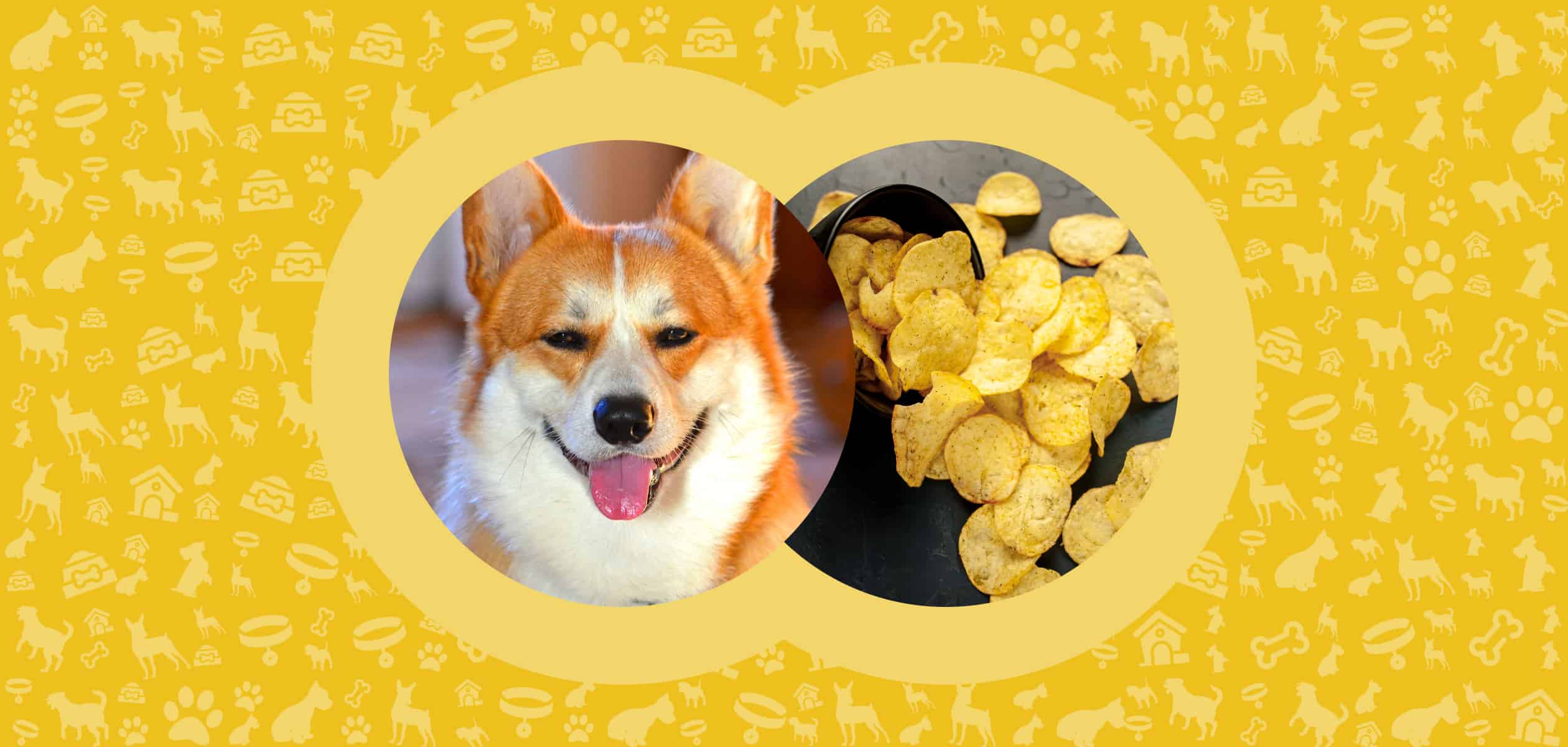
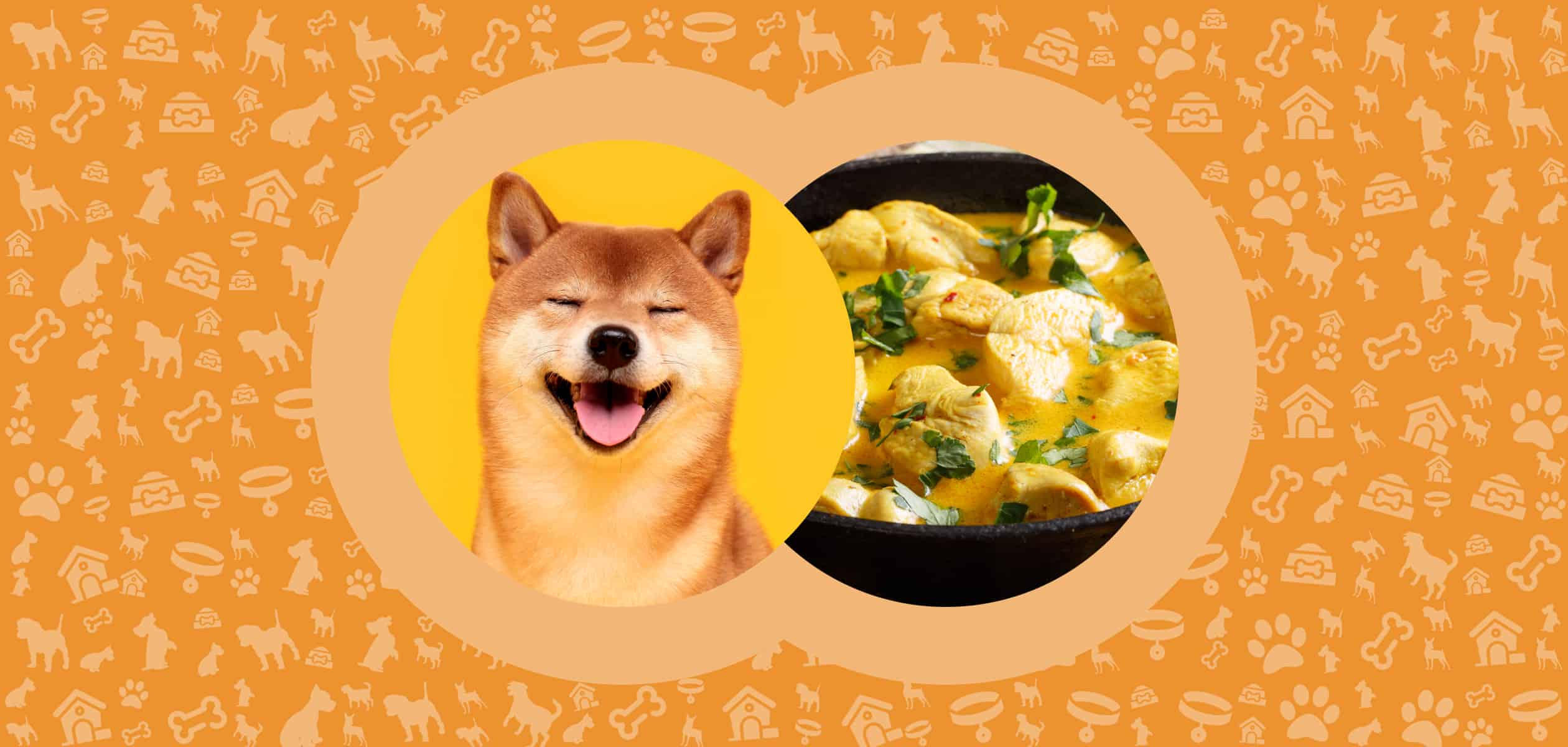
Leave a Comment